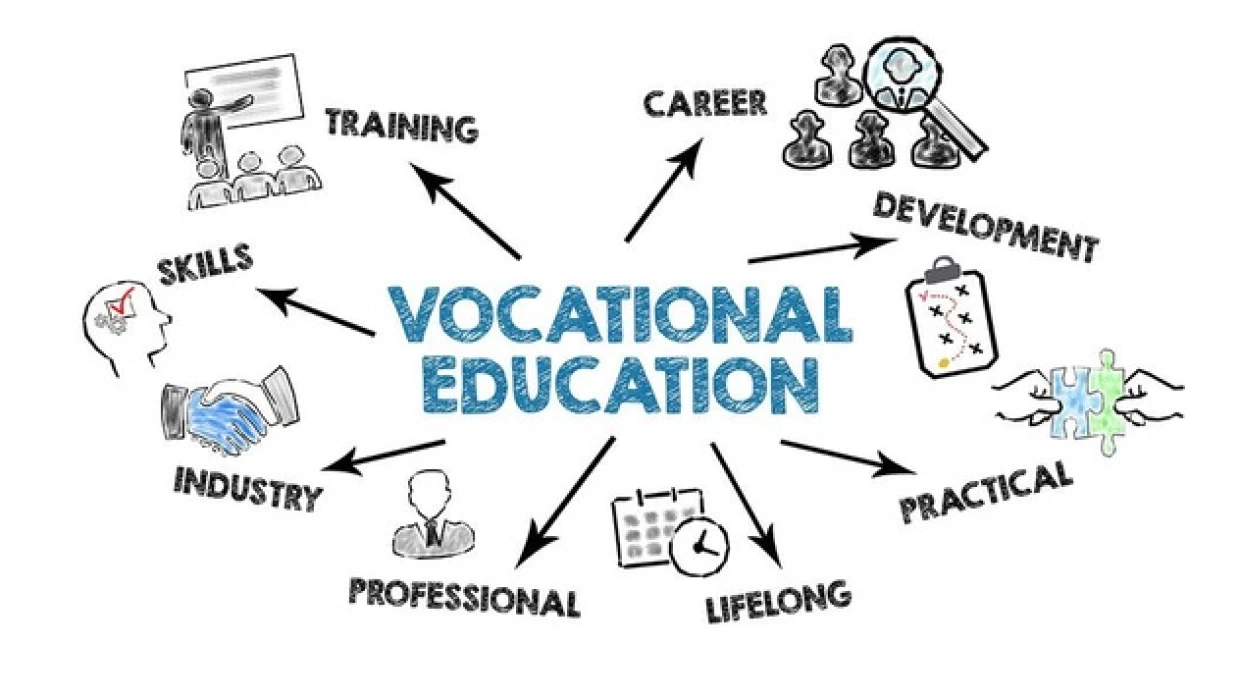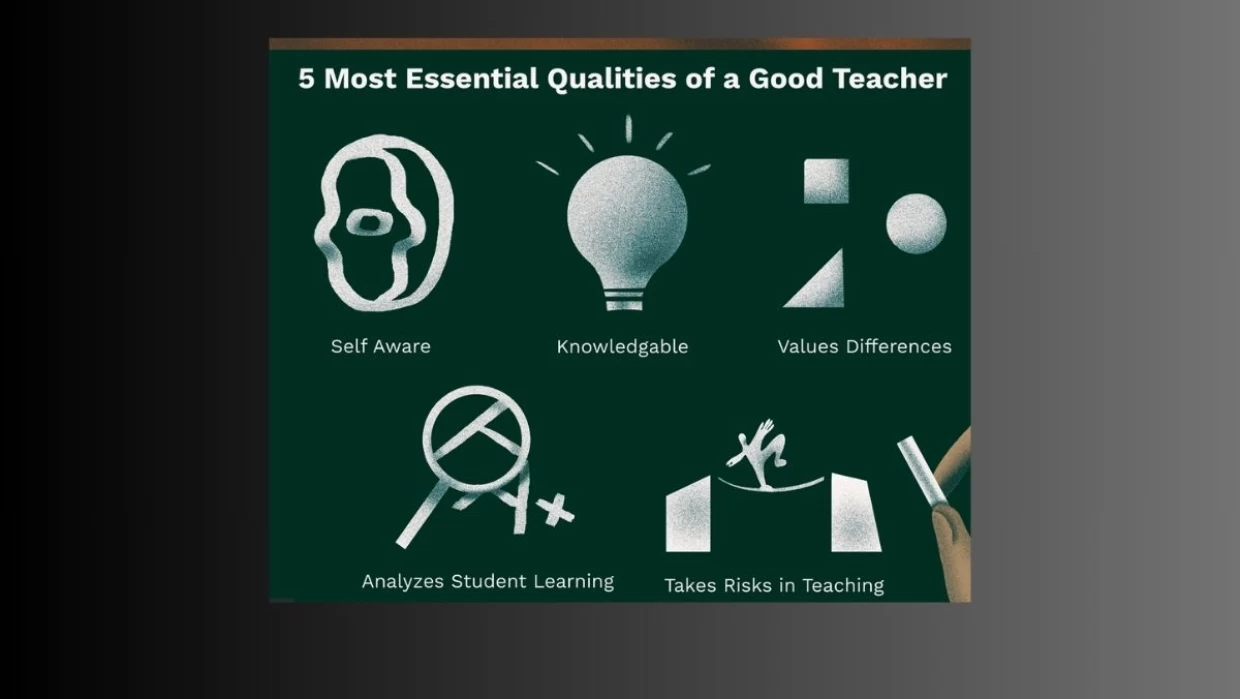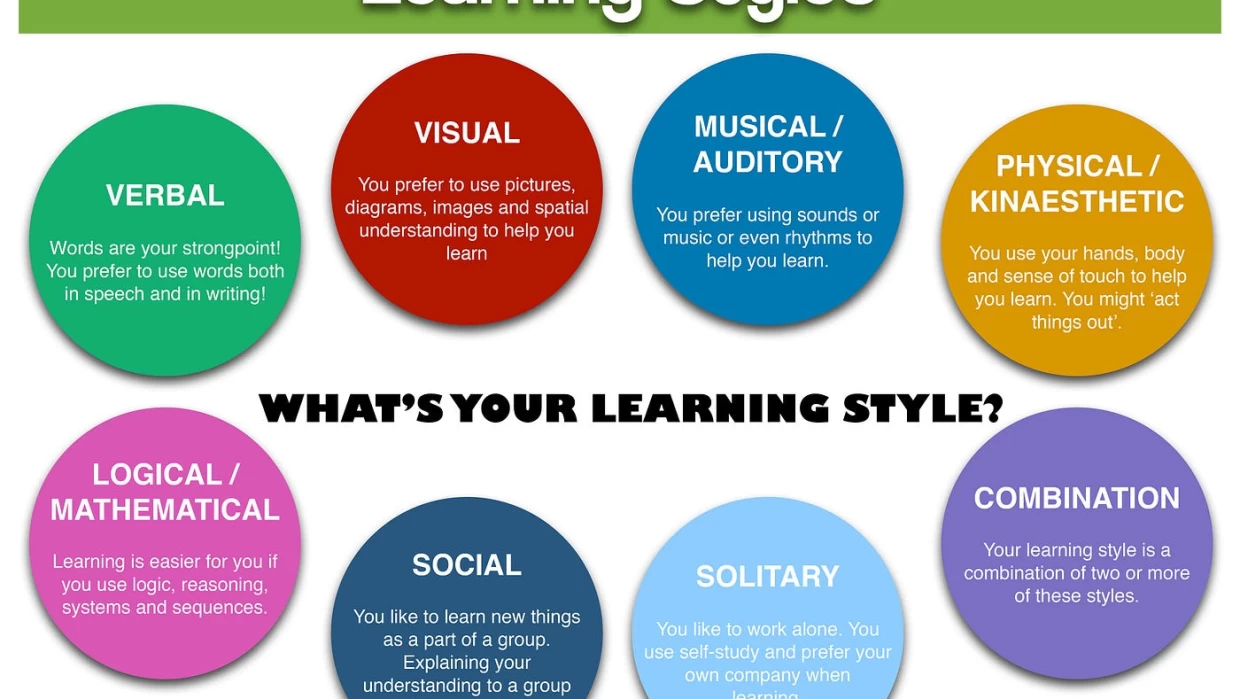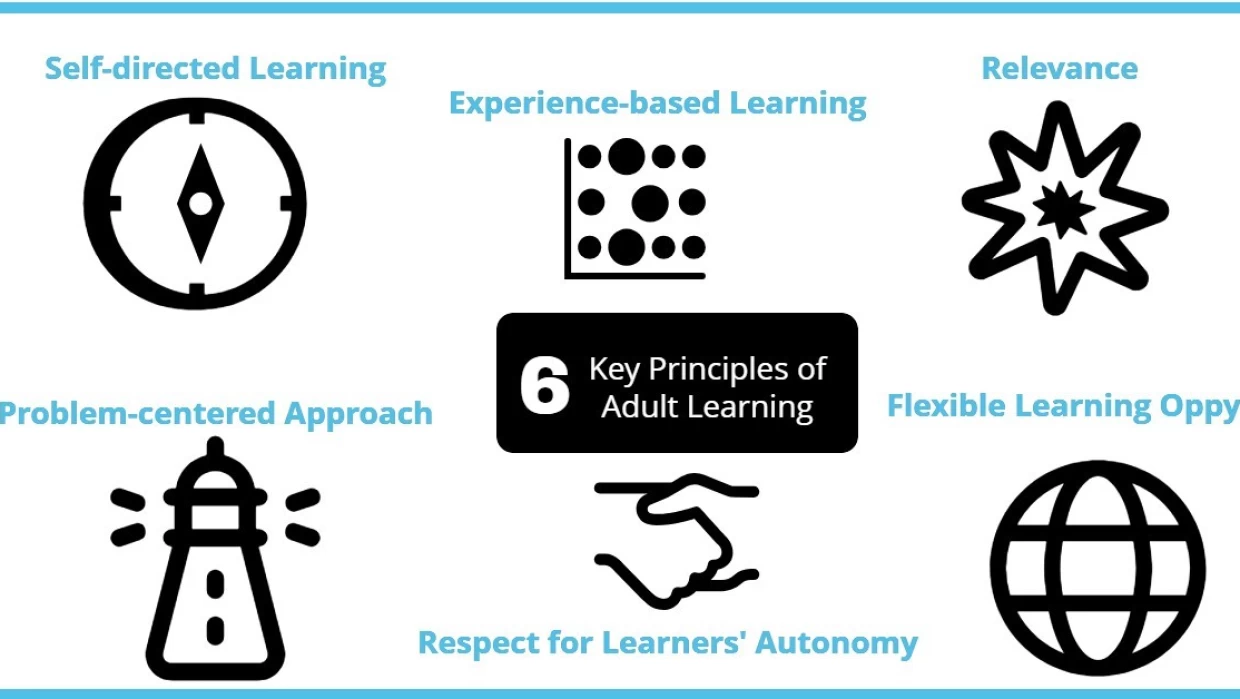Top Tips and Tricks for Trainers
They say knowledge is power, but in the world of business, effective training is the key that unlocks that power! Think about it – well-trained employees are more confident, and productive, and contribute significantly to a company's success. But let's be honest, even the most knowledgeable trainer can become confused. This blog is your one-stop shop for top tips and tricks to transform your training sessions from good to GREAT!
Australian Institute of Management research shows that businesses with strong training programs see a significant boost in employee performance. And guess who's at the heart of that success? You – the Trainer! Your ability to engage learners, deliver clear information, and create a dynamic learning environment makes all the difference.
So, whether you're a professional trainer or just starting, this guide is packed with practical tips to help you take your training skills to the next level.
Top Six Tips for Trainers
The key to a successful training session isn't just about delivering information – it's about creating an environment where your learners are actively involved and excited to learn. Here are some tips to turn your trainees from passive listeners into engaged participants:
1. Know Your Learners:
Before you even start planning your content, take a step back and consider your audience. What are their training needs? What are their prior knowledge levels and preferred learning styles? Imagine some trainees might be visual learners who benefit from diagrams and videos, while others might prefer hands-on activities or group discussions.
Conducting a needs assessment is a great way to gather this information. This can be a simple survey, a pre-training questionnaire, or even an informal conversation with your participants' managers, to customize your training material more effectively. By understanding your audience, you can customize your content and activities to resonate with their specific needs and learning preferences.
2. Interactive Activities:
Let's face it, sitting through lecture-style presentations for hours on end can be mind-numbing. Instead, incorporate interactive activities to keep your learners engaged and energized. Here are some ideas to get you started:
Case Studies: Present real-world scenarios relevant to your training topic and challenge participants to analyze and discuss potential solutions.
Group Work: Encourage collaboration and problem-solving by dividing trainees into small groups to work on tasks or answer questions together.
Role-Playing: Simulate real-life situations through role-playing exercises – this can be a fun and effective way to practice new skills in a safe environment.
Polls & Quizzes: Utilize online tools or simple hand gestures to gauge understanding and keep learners actively participating throughout the session.
3. Varied Delivery Methods:
Who says training has to be all PowerPoint slides and lectures? Spice things up by using a mix of delivery methods to cater to different learning styles and keep your audience interested. Here are some options to consider:
Presentations: Keep presentations concise and visually engaging with clear headings, bullet points, and high-quality images.
Videos: Short, informative videos can be a great way to break up long blocks of text and present complex concepts clearly and engagingly.
Simulations: Immerse learners in realistic scenarios through simulations, allowing them to practice new skills and decision-making in a safe environment.
Storytelling: Weaving relevant stories and anecdotes into your training can be a powerful way to connect with your audience on an emotional level and enhance their understanding.
4. Clear Learning Objectives:
Imagine attending a training session unsure of what you're supposed to learn by the end. Not ideal, right? Setting clear and achievable learning objectives for each session is crucial. These objectives act as a roadmap, guiding your content and keeping everyone focused on the key takeaways. Think of them as specific, measurable skills or knowledge your trainees will gain by the end of the program.
2. Structured Content:
Information overload is a real threat in training sessions. To ensure knowledge retention, logically structure your content in a way that's easy to follow. Use the learning objectives you defined earlier as a framework. Start with an introduction that sets the context, then delve into the core concepts, and finish with a clear summary and recap of key points. Consider using bullet points, headings, and transitions to create a clear flow of information.
3. Apply Real-World Examples:
Learning doesn't exist in a vacuum. The best way to solidify understanding is by connecting training content to real-world scenarios. Here's where real-world examples, case studies, and relevant anecdotes become powerful tools. Think about incorporating stories, case studies, or even hypothetical scenarios that mirror situations your trainees might encounter in their everyday work lives.
By showcasing the practical application of the knowledge you're imparting, you make it more relatable and memorable for your learners. This ensures they can readily apply their newfound skills and knowledge back in the workplace.
Success Through Upskilling
The world of training is constantly evolving, and the best trainers are those who never stop learning. Here are some ways you can stay ahead of the curve and become a truly masterful trainer:
1. Embrace Continuous Learning:
The training landscape is constantly changing, with new technologies, tools, and best practices emerging all the time. Staying updated on these developments ensures you're delivering the most relevant and effective training possible. This could involve attending industry conferences, subscribing to training publications, or even joining online communities for trainers.
2. Invest in Professional Development:
Formal qualifications can significantly enhance your training skills and credibility. Consider Trainer Assessor Course: TAE40122 Certificate IV in Training and Assessment. This nationally recognized qualification provides you with the core skills needed to design, develop, and deliver engaging training programs. Whether you're a new trainer looking to build a strong foundation or an experienced professional seeking to refine your skills, Certificate IV in Training and Assessment offers valuable knowledge and practical application.
3. Explore Advanced Training Options:
Looking to take your training expertise to the next level? Learning Options also offers advanced qualifications like the Diploma of Vocational Education and Training and the Diploma of Training Design and Development. These qualifications explain curriculum development, assessment design, and advanced delivery methods, allowing you to create truly impactful and specialized training programs.
Investing in your professional development demonstrates your commitment to excellence and positions you as a valuable asset in the training industry.
Ready to Make a Difference?
By investing in your professional development with Learning Options, you'll gain the knowledge, skills, and confidence to become a truly transformative trainer. Imagine the impact you can make – empowering individuals, fostering growth within organizations, and shaping the future of Australian workplaces.
Chat with Learning Options today and explore how we can help you take your training skills to the next level!
FAQ
1. Why is effective training important for business success?
Answer: Effective training is crucial for business success because well-trained employees are more confident, and productive, and contribute significantly to a company's success.
2. What are some strategies to engage learners during training sessions?
Answer: Engaging learners during training sessions involves using interactive activities, varied delivery methods, and real-world examples. Strategies include:
Conducting needs assessments
Incorporating case studies, group work, role-playing, and polls
Using a mix of presentations, videos, simulations, and storytelling
Setting clear learning objectives and structuring content logically
3. How can trainers ensure their training content is effective and easy to follow?
Answer: Trainers can ensure their training content is effective and easy to follow by setting clear learning objectives, structuring content logically, and using real-world examples.
4. What are some essential skills for becoming a successful trainer?
Answer: Essential skills for becoming a successful trainer include understanding your learners' needs, creating interactive and engaging activities, and using varied delivery methods.
5. How can trainers stay updated with the latest trends and best practices in training?
Answer: Trainers can stay updated with the latest trends and best practices by embracing continuous learning and investing in professional development. This can involve attending industry conferences, subscribing to training publications, joining online communities for trainers, and pursuing advanced qualifications.




































We would be delighted if you could get in touch with us.
Your email address will not be published. Required fields are marked